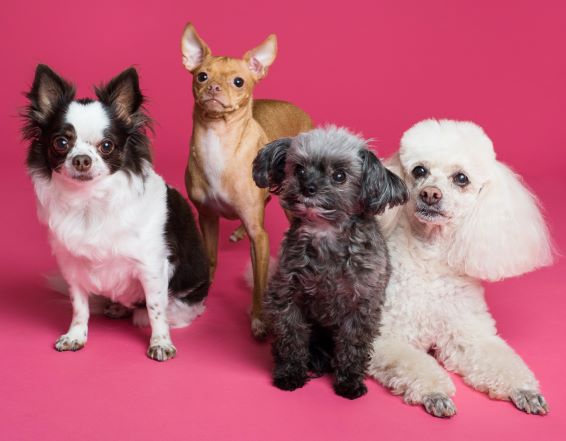This article talks about two common terms used in dog breeding, and as part of strategies for impacting genetic diversity. Though sometimes used interchangeably, and used to mean multiple different practices, understanding the differences in the terms and the potential application in breeding programs is one tool dog breeders can use to change and improve genetic diversity.
What is a Crossbreed?
Crossbreeding is the general practice of mating two dogs of different varieties or breeds.
What are some examples of cross-breeding?
-
Breeding two different breeds, who may or may not have origins in common but are distinct breeds. E.g. Irish Setter and Irish Red and White Setter, or Labrador retriever and Standard poodle
What is an Outcross?
Outcrossing, sometimes called out-breeding is the practice of crossing between different dogs of the same breed, with no known common ancestors.
What are some examples of out-crossing?
-
Crossing a "Show" line with a "Working" line
-
Crossing two lines of the same breed who have, for some reason, never met
-
Crossing dogs from breeds who have been geographically separated for a long time, and are now distinct genetic populations
How do outcrossing and crossbreeding relate to genetic diversity?
Outcrossing is one way to introduce new, unrelated genetic material into a breed or breeding line. This new genetic material increases genetic diversity. Increasing genetic diversity can have many benefits both to a breeding line, and the breed as a whole. These benefits can include reducing the likelihood of an individual dog's risk to some diseases and genetic abnormalities. There is also evidence that increased genetic diversity can improve longevity, birth rates, and avoid inbreeding depression. With outcrossing, you are introducing new genetic material but still within the confines of the breed as a whole. This will ultimately limit how much "new" genetic material can be introduced, but can be a very effective step in improving specific breeds and lines facing shrinking genetic diversity. This could be thought of as a first-step in increasing a breed's gene pool.
Crossbreeding, on the other hand, may take a few different forms, but can much more drastically increase the genetic diversity in a breed. For numerically small breeds with very high levels of inbreeding, and/or a breed with "fixed" mutations, crossbreeding supported by genetic advisors, can be a very powerful tool to improving the breed and the breed's genetic diversity. Crossbreeding is also, currently and historically, the way that new breeds are developed.
Where Can I learn More?
Linebreeding vs. Inbreeding – Let’s be perfectly clear. - Brenda's Blog - DogWellNet.com
 Donate
Donate
Recommended Comments
There are no comments to display.
Join the conversation
You can post now and register later. If you have an account, sign in now to post with your account.
Note: Your post will require moderator approval before it will be visible.